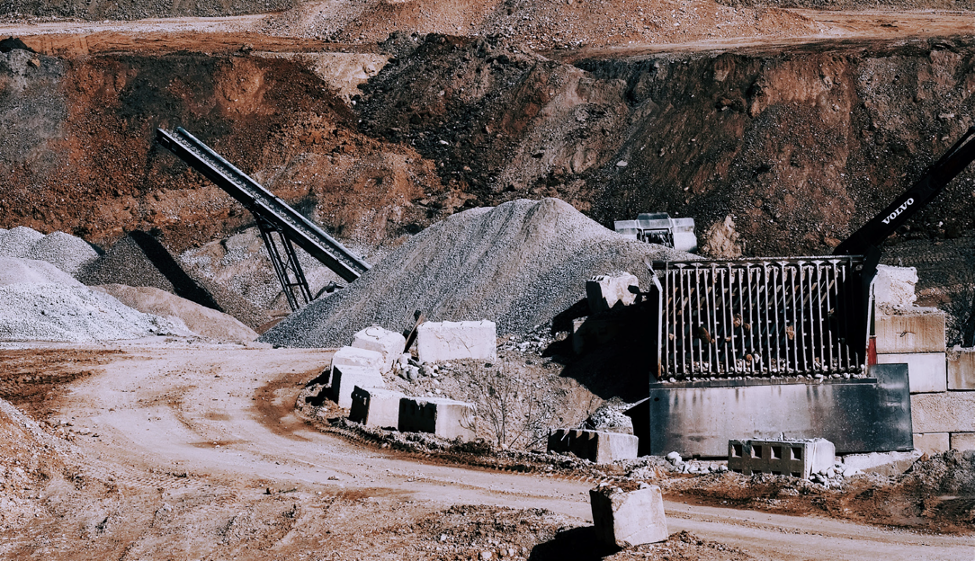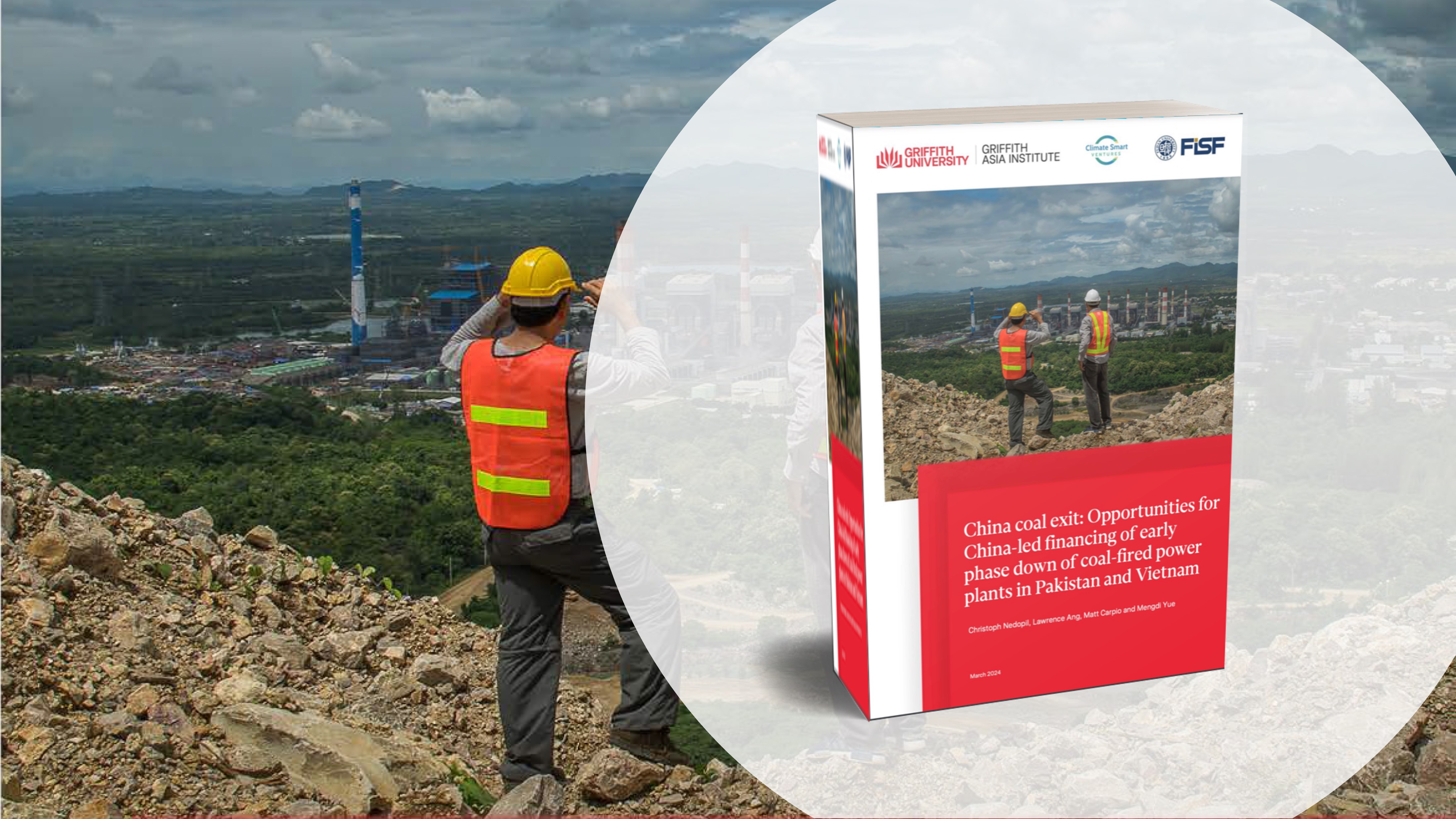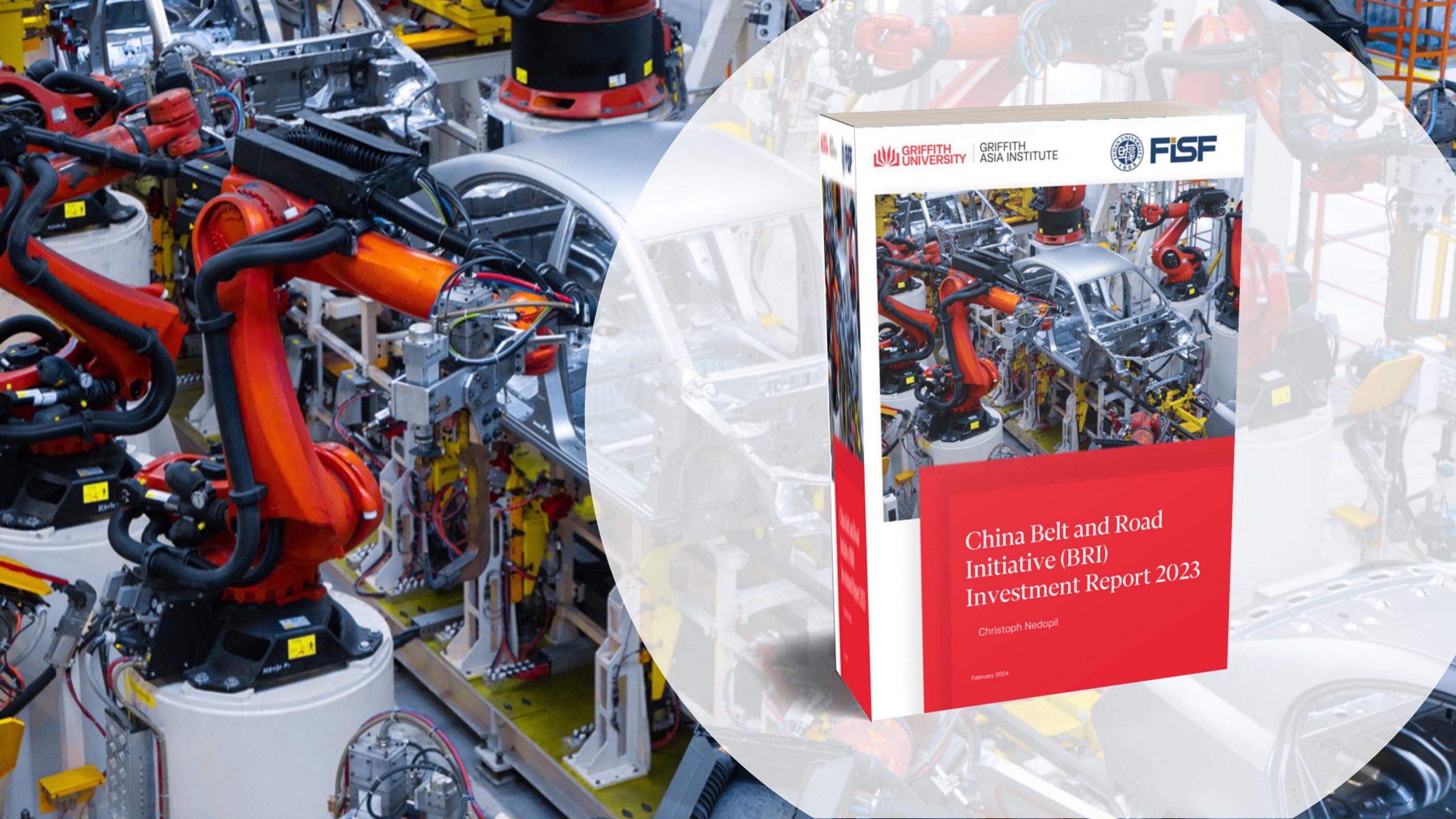Discontent and activism against BRI initiatives pose financial risks and spell potential public image problems for China and host countries. Understanding the social and economic motivations of communities who protest and how to prevent future mobilisations is essential to the success of the BRI in Central Asia.
A quintessential example of the risks of opposition to BRI investments and the complexity of resolving this opposition is the case of the Lamu Coal Fired Power Plant in Kenya. After three years of campaigning by local communities, Kenya’s National Environmental Tribunal ruled against a license for the power plant in 2019, and two billion US dollars of investment by into the project was lost.
While this might be one of the most notable examples of massive financial loss for the BRI from civil disobedience, there are examples of similar discontent across Central Asia. The Oxus Society’s Central Asia Protest Tracker lists 63 discrete protest events in the region from January 1, 2018 to August 31, 2020 alone where China was a key issue. Studies have estimated that shutdowns from protest can cost mining projects up to US$20 million per week, and even more than that in opportunity costs and cost diversions.1 Without resolving underlying tensions, protest and discontent will continue to put financial and political strain on BRI projects for both host countries and China. Factors such as suspicion about the advance of Chinese influence in post-Soviet countries, transboundary community linkages, particularly in Kazakhstan, tensions between state and local interests, and the potential health and environmental risks of industry developments all play significant roles in societal pushback to BRI projects.
Rising Chinese Influence
The legacy of Soviet authoritarianism persists in Central Asia, where governance is often driven by clientelist networks, and the drive towards democratization is driven primarily by more local grassroots mobilizations for civil liberties.2 Given the economic and environmental fallout from some of the Soviet Union’s past infrastructural and agricultural policies, including the shrinkage of the Aral Sea and the Kazakh famine of 1932-33, many communities are resistant to the idea of strong foreign influence in the region. China has emerged in place of the now-defunct Soviet Union as a key player in Central Asian economic, political and security affairs, surpassing Russia as the region’s main trading partner and now accounting for almost 25% of Central Asian trade. However, their political system is often perceived by communities to be at odds with the needs of Central Asian citizens.
Several examples demonstrate the pushback to Chinese influence. In February 2020, in Bashi, Kyrgyzstan, hundreds of protestors gathered, many on horseback, against the growing presence of China in the region, demanding the planned construction of a $275-million logistics centre be cancelled. In a strikingly similar case, 1,000 people gathered in Atyra, Kazakstan, in April of 2016, responding to a law enabling foreigners to rent agricultural land for up to 25 years. According to BBC News, “at the Aktobe rally, one protester said: ‘After 25 years, they will stay for 65.’” Fear of long-term influence by China runs deep in many of these protests. In addition, these protests appear to have had their desired effect, as the Kazakh government implemented a five-year moratorium on the amendments to the land code as of August 2016, thus giving credence to the perception that protest can result in responses from central government.
Community Tensions
Key to understanding many of the examples of protest across Central Asia is recognizing the tensions between the needs of local communities and the desires of national governments. Lack of employment at the local level and destruction of local livelihoods, particularly herding and artisanal mining, are frequent complaints for local communities. Increased large-scale mining, the importing of Chinese workers, and infrastructure that disrupts, physically and economically, traditional pastoral practices have been flashpoints for local discontent, particularly in Kyrgyzstan.3
Equally important to consider are transboundary communities. Xinjiang province, which borders Kazakhstan, Kyrgyzstan, and Tajikistan is home to 1.2 million ethnically Kazakh people and a further 210,000 Kyrgyz, Tajik, and Uzbek peoples. In addition, the Uighur diasporic population in Central Asia is between 300,000 and 500,000. Addressing the anxieties of both transboundary and local communities will be key for Chinese investors and national governments to avoid costly, high-profile opposition.
Health and safety protocols
In 2019, a protest occurred over accusations of poisoned local water supplies caused by a Full Gold Mining LLC, a Chinese mining company in Naryn province, Kygryzstan. The protests led to a clash with the workers of the mining company, highlighting ever-increasing tensions over health and safety in BRI projects. This was not a new concern; in fact, there have been multiple controversies over the years over environmental harm and employee rights between local communities and Gold Mining LLC alone. In fact, out of the 780 protests in Central Asia over the past three years, 214 had “environment”, “extractive industries”, “land”, or “welfare” as the key motivating factors. Mining is crucial to the Kyrgz economy; it accounts for 29.2 percent of the country’s GDP and gold is the country’s primary export commodity.4 Thus, addressing health and safety concerns is paramount for avoiding costly shutdowns of infrastructure projects in the future.
Such a litany of issues stemming from one industry suggests an absence of an effective mechanism by which to regulate and police working practices, forcing a combative response from residents and protestors. These responses impact both the ability of BRI projects to make a return on investment as well as the ability of China to maintain positive public opinion regionally and internationally. As China ushers in an era of ‘ecological civilisation’, reports of health, safety, and environmental concerns from BRI projects will serve to undermine their positioning as a global leader on environmentalism.

Recommendations
The success of BRI projects in Central Asia and beyond requires cooperation between China, host countries, and local communities. Without this third aspect, investments carry significant financial risk and long-term stability of BRI agreements is threatened. Studies consistently find that the cost of conflict is greater than the costs of mitigating disagreements before they occur,5 6 not only because of the loss of revenue but due to the costs of negotiation, legal action, and enforcement that it would take to respond to a potential incident. BRI investors and Central Asian governments should consider the following recommendations to prevent financial losses from future protests:
- Prior to investing in Central Asia, BRI investors should take note of the historical tensions and cultural and political contexts within which they work. Understanding underlying fears and engaging on a local level will prevent Chinese companies from accidentally stirring tensions and risking protest or discontent.
- To avoid future financial risk from protest, project partners should engage local stakeholders through sharing of project plans prior to implementation. Coordination not only between national governments but between investors and regional and local authorities would improve trust and transparency before potential tensions arise.
- Environmental and Social Impact Assessments (ESIA) are a key tool in evaluating risk to ecosystems and health and will identify potential root causes for protests to arise. While China has often emphasized its unwillingness to intervene in local regulations or laws,7 failing to complete ESIAs for future projects increases risk of civil disobedience. If Chinese investment companies do not require ESIA for a project, host countries should do so to protect their investments and prevent future risk from backlash.
[1] Davis, Rachel, and Daniel Franks. “Costs of Company- Community Conflict in the Extractive Sector.” Harvard Kennedy School, n.d., 56.
[2] Dilshod Achilov, “When actions speak louder than words: examining collective political protests in Central Asia”, Democratization 23, no.4, (2016): 715-716.
[3] Sternberg, Troy. “Conflict and Contestation in Kyrgyz Mining Infrastructure.” (2020).
[4] Lawrence, Paul, Altynai Sydykova, and Dr Asel Doolotkeldieva. “IGF Mining Policy Framework Assessment: Kyrgyzstan,” n.d., 55.
[5] Davis, Rachel, and Daniel Franks. “Costs of Company- Community Conflict in the Extractive Sector.” Harvard Kennedy School, n.d., 56.
[6] Lezak, Stephen, Ariell Ahearn, Fiona McConnell, and Troy Sternberg. “Frameworks for Conflict Mediation in International Infrastructure Development: A Comparative Overview and Critical Appraisal.” Journal of Cleaner Production 239 (December 1, 2019): 118099. https://doi.org/10.1016/j. jclepro.2019.118099.
[7] Russel, Daniel R, and Blake Berger. “Navigating the Belt and Road Initiative.” Asia Society Policy Institute, n.d., 44.
Disclaimer
The report is published by the Oxford University Silk Road Society Think Tank with the support of the IIGF Green Belt and Road Initiative Center. ‘The Central Asia Way’ policy report analyses the social and environmental impacts, risks, and opportunities for regional partners and China as BRI projects continue to expand into Central Asia. This report maps out the intersection of BRI with Central Asia’s development path, and argues that an opportunity is open to explore innovative responses to the challenges of green governance.
The Oxford University Silk Road Society was established in 2017 by enterprising students keen to explore, research and discuss the countries, cultures, and peoples of the Silk Roads, both modern and historical. Through case studies or holistic reports, the think tank strive to produce rigorous, detailed analysis on the ongoing efforts to improve sustainability in the China’s Belt and Road Initiative (BRI), and make their own policy recommendations – to governments and private enterprise alike.
The full report is available on the Oxford University Silk Road Society’s website here or on our website here, with a foreword from the Founding Director of the Green BRI Center, Dr. Christoph NEDOPIL WANG.
Clare Blackwell is a Master of Science candidate at Oxford University, studying Nature, Society, and Environmental Governance. Originally from the US, her background is in anthropology and her previous work has focused on urban forestry and environmental education. Prior to Oxford, Clare worked with numerous environmental non-profits in Boston and New York City to improve their community engagement, education practices and citizen science initiatives. As a member of the New York City Roundtable for Museum Educators, she led several conference workshops for educators and parents on addressing climate change and climate justice in education. Since coming to Oxford, her work has been focused on environmental policy, social equity, and urban climate resilience both globally and in New York City. She joined the Silk Road Society in February 2021 and has thoroughly enjoyed leading the Central Asia Team.





Comments are closed.